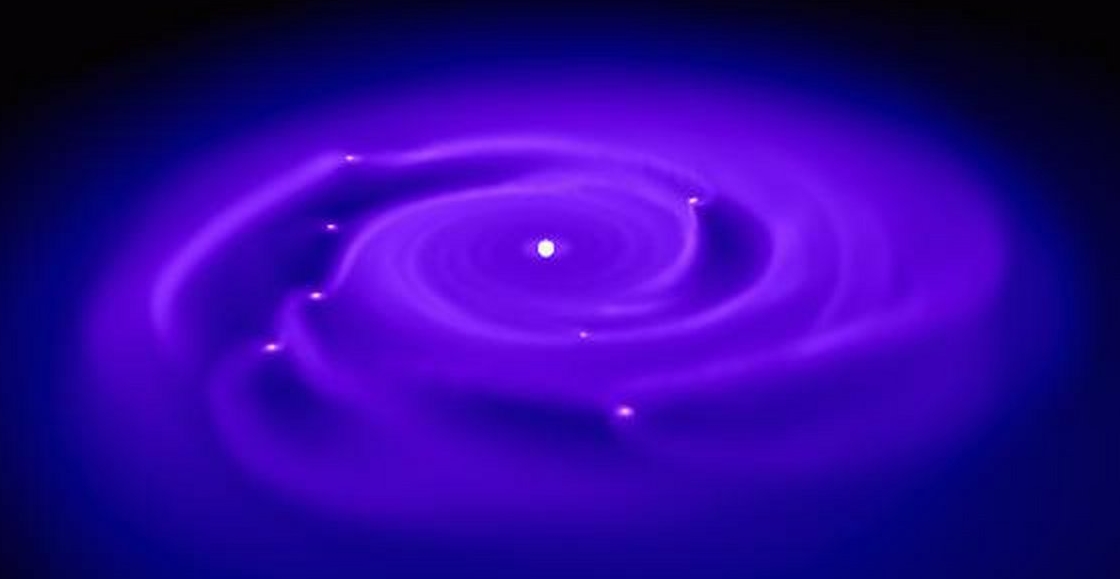
Planetismals forming in a simulated disk
Imaging Newborn Exoplanets
The ability to image the process of creation of a newborn planet, and to separate the faint mote of planetary light from the powerful glare of its host star is among the most sought-after capabilities in all of contemporary astronomy. Indeed, this is among the signature quests of all modern science, for it provides answers to some of the most profound questions about the origins of our own planet and the potential for life on other worlds.
Our group are world leaders in pioneering new technologies for this technically demanding field, recently delivering the first resolved images of exoplanets at birth. New research projects in these areas exploit our unsurpassed array of innovative instruments, including interferometric imaging experiments at the world's largest telescopes including the Large Binocular Telescope, Gemini, Keck and VLT. All these projects were originated, designed and led from Sydney.
Active areas of astronomical research that can be addressed by these unique devices include the formation of stars and the assembly of exoplanetary systems within the circumstellar disks, brown dwarf formation and evolution, and remnant dusty debris disks.
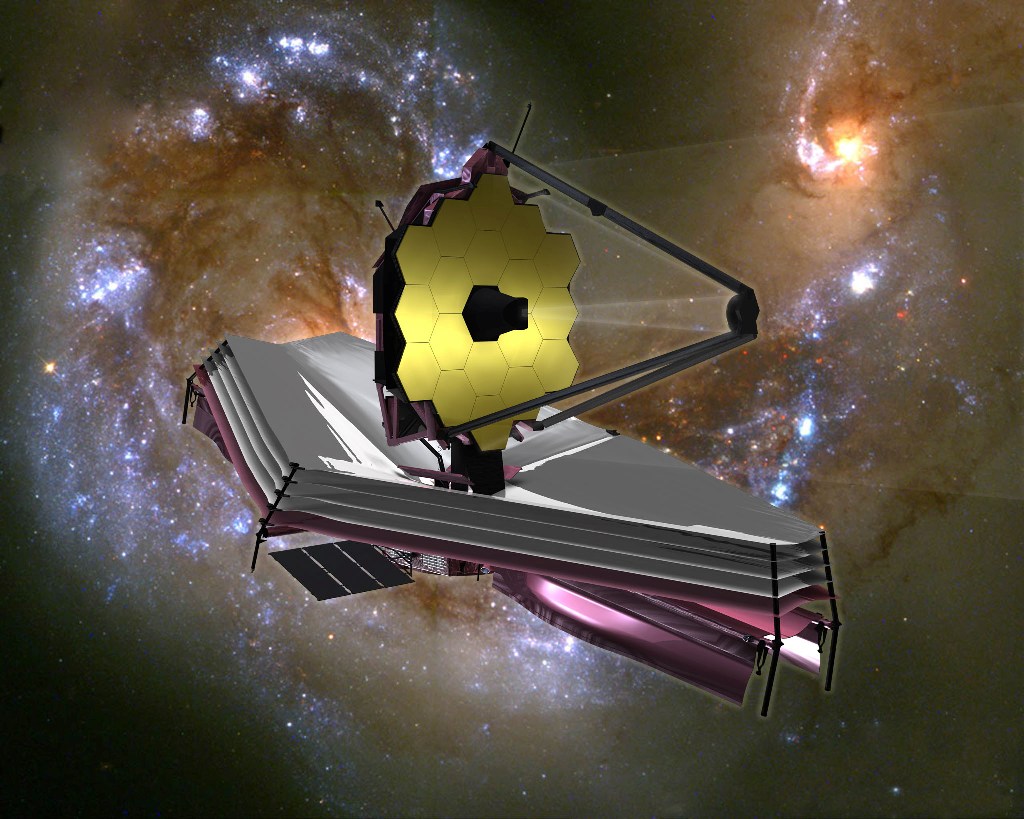
The JWST space telescope |
Interferometry with the JWST space telescope
|
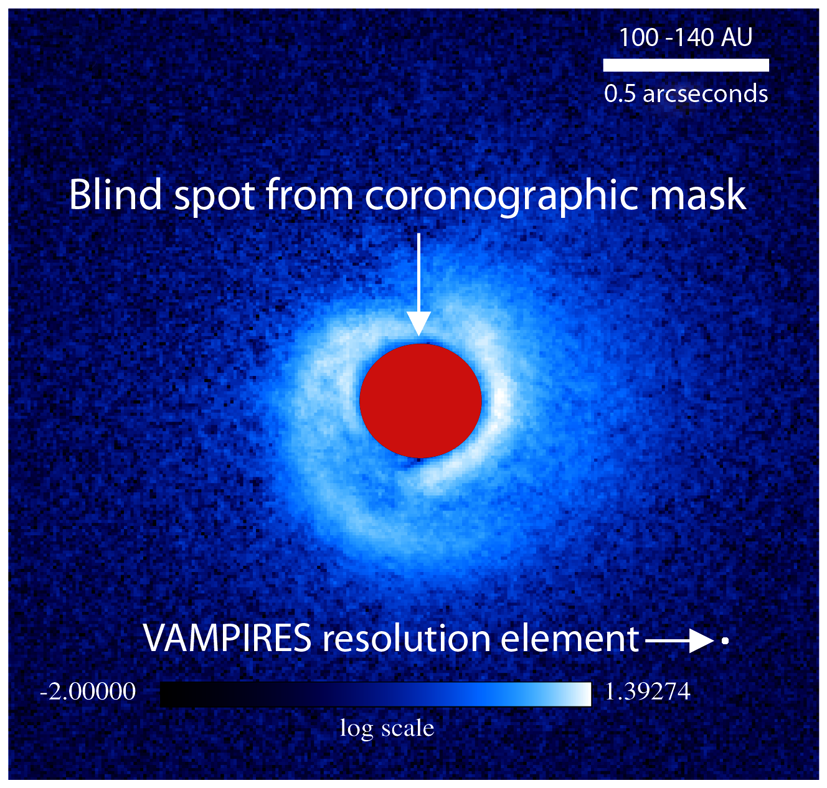
circumstellar disk of MWC758 |
Peering into the cradle with VAMPIRES
|
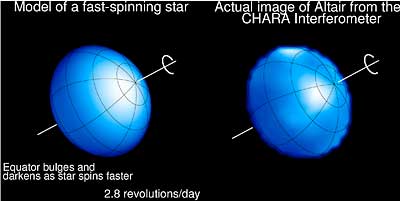
Surface imaging of rapid rotator star Altair |
The stellar surface imaging project
|
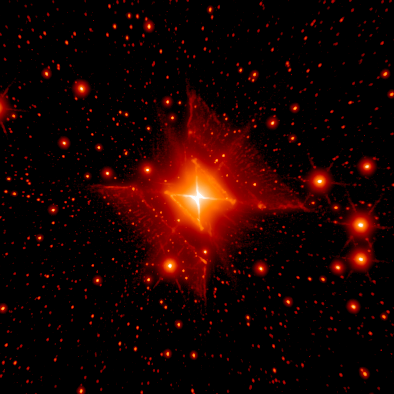
The Red Square nebula |
The Riddle of the Red Square
|
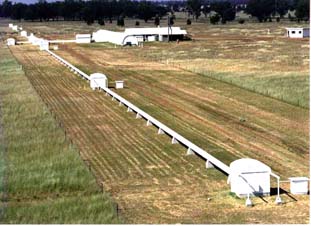
The SUSI interferometer |
Galactic Paleontology with Metal Poor Stars
|